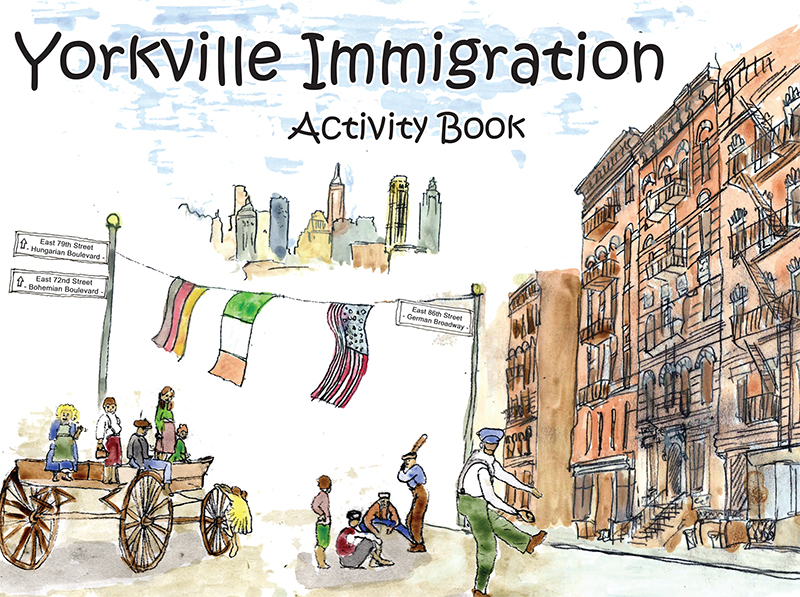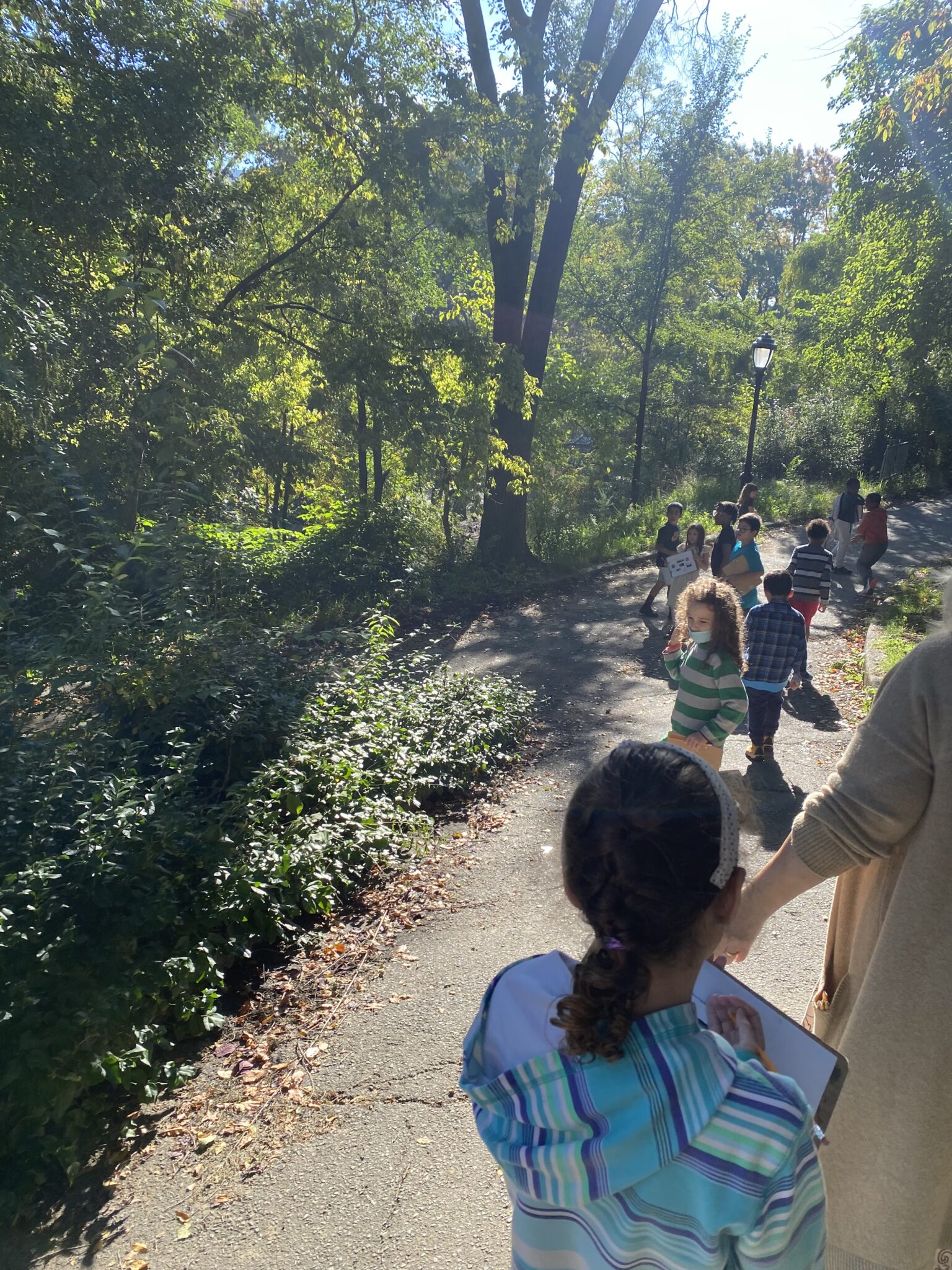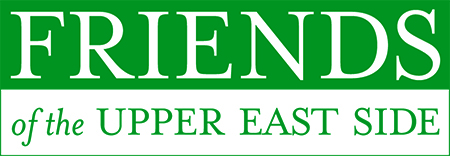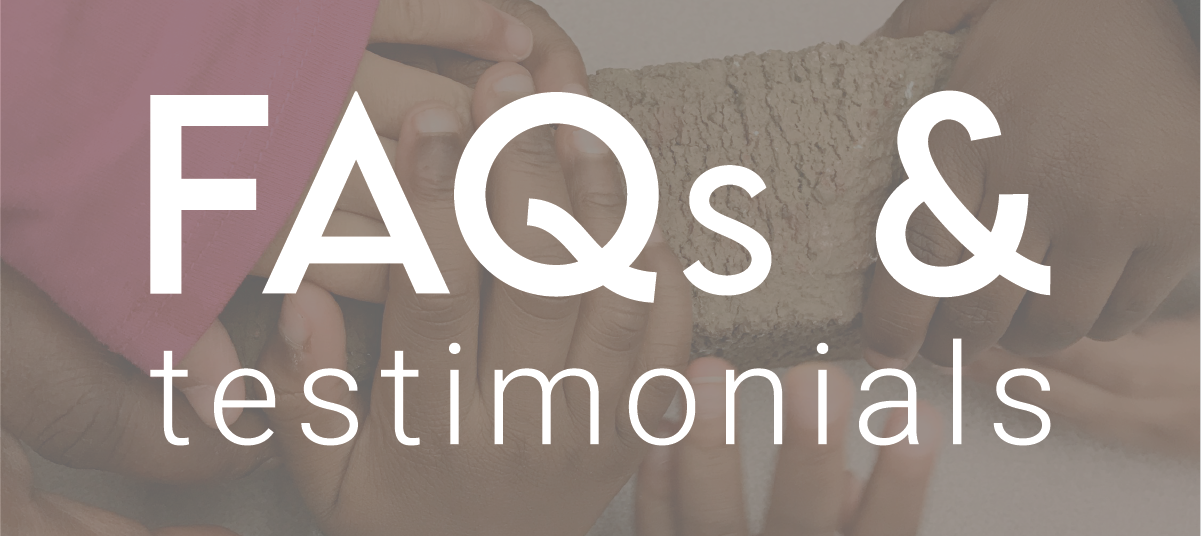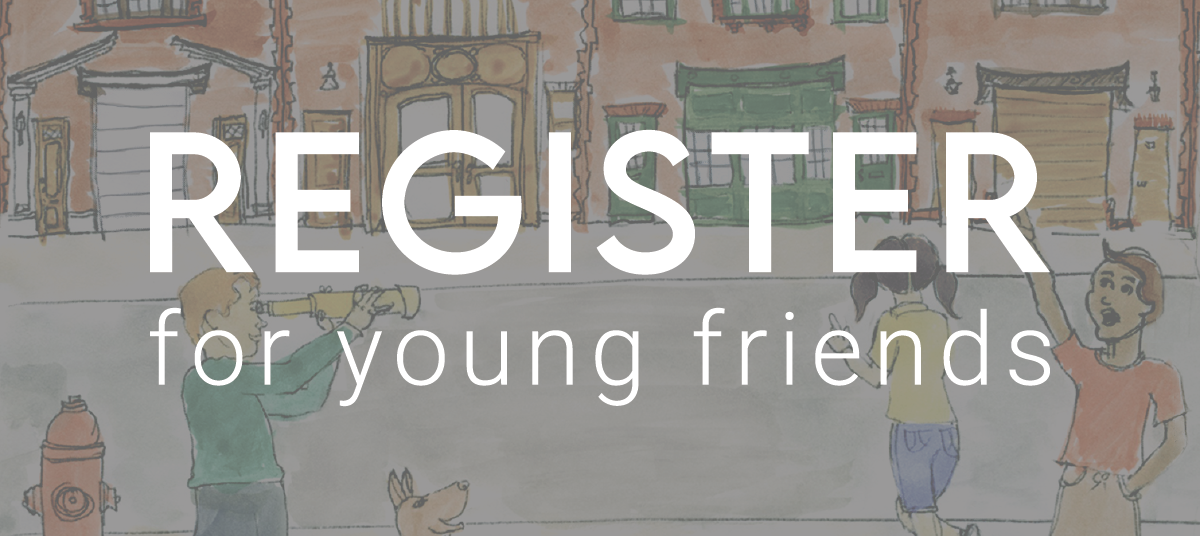Education
YOUNG FRIENDS
SINCE 1995, YOUNG FRIENDS programs have used architecture to explore the city and teach children to see their world in a new way. Buildings have stories to tell!
Neighborhoods are organized in orderly grids like checkerboards. The architecture of New York talks to us! By focusing on the built environment, we foster children’s visual literacy, critical thinking skills, creativity, and appreciation of their neighborhoods and the city at large. Starting with our youngest learners in the Building Fun Basics course, specifically geared for pre-K and Kindergarten students, we discover buildings and neighborhoods through the concepts of color, shape, size, and texture. Older students learn about the built environment in our three other programs. Building Fun gives our young architects the chance to learn about a building’s purpose - its use, age, materials and architectural elements, while being detectives on a school neighborhood walk and designing their own NYC building. Landmarks & Preservation delves into local landmarks and historic districts as students discover the story of historic preservation in New York City. During our Yorkville Immigration program, students learn about the architectural and cultural history of this important Upper East Side neighborhood, and the different ethnic backgrounds of the people who settled there, including German, Hungarian, and Czech. We are also happy to work with teachers to customize our classes when possible.
We offer our programs to schools located in Midtown East, the Upper East Side, East Harlem, and in other neighborhoods upon request. We currently reach over 2,000 students each year and are proud that our programs continue to grow and thrive. We teach at many public schools, including Hunter College Elementary School, P.S. 77, 83, 87, 102, 158, 267, 290, and at private schools such as Allen-Stevenson, Brearley, Chapin, Convent of the Sacred Heart, Dalton, East Harlem School at Exodus House, Hewitt, Nightingale-Bamford, and Our Lady Queen of Angels.
Family Walking Tour:
Historic Yorkville
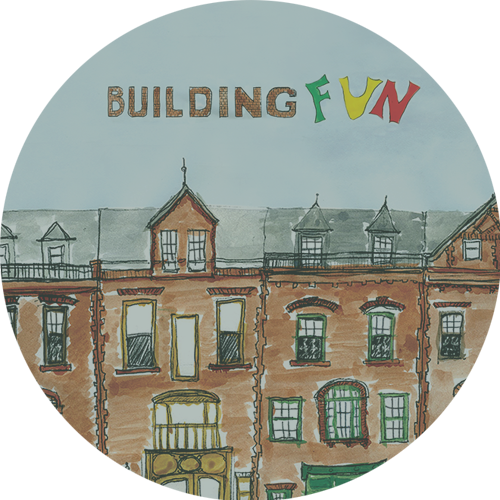
Building Fun Basics
One hour-long session designed for Preschool and Kindergarten students
Building Fun Basics aims to introduce young children to the art of looking and understanding the built environment. The one-hour session begins with a classroom activity. We will bring in samples of real building materials to teach students about their texture, color, shape, and size. Next we will venture outside to see if students can be detectives and identify these materials and concepts in the real buildings of the neighborhood around them.
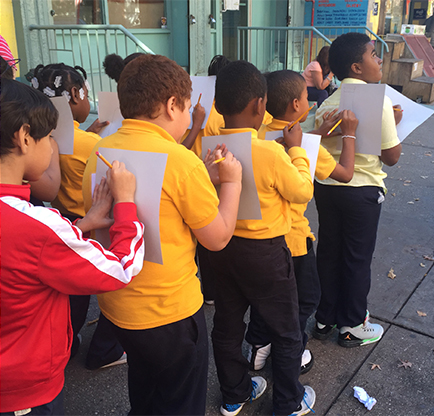
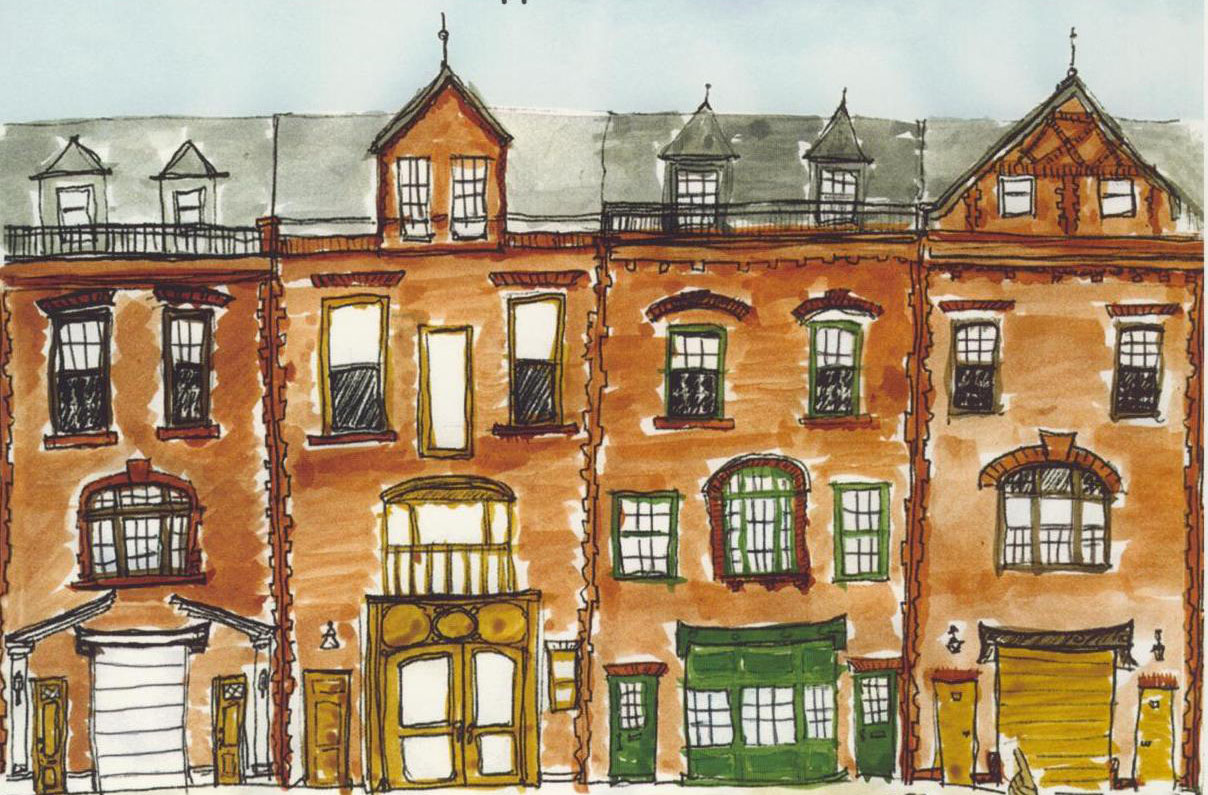
Building Fun
Three hour-long sessions recommended for 1st-4th grades
Can a building talk? This program awakens children’s interest in architecture and New York City history. We introduce students to the idea that buildings do talk, telling us their use, material, age, and purpose. Students study historic neighborhood photographs & maps, learn architectural vocabulary words, perform a block survey and play detective during a walking tour tailored to their school’s neighborhood, and act as architects as they design their own buildings, making creative decisions about the building’s use, material and architectural elements. The program is a great addition to the study of New York City, the neighborhood/community, as well as the study of history or the visual arts.The Language of Buildings (classroom session)
Students are first introduced to the notion that buildings can “talk,” i.e., convey information about themselves. Students study photographs of a variety of Upper East Side buildings to glean information about them. Visual clues and an illustrated architectural vocabulary sheet enable students to discuss the approximate age of a building, its material and use.Walking Tour (in your school neighborhood)
Armed with their new architectural vocabulary, the class embarks on a custom designed walking tour near their school to act as architectural detectives and survey the block. As the class walks, our educator encourages the students to look for visual clues that help to tell the story of the building, block and neighborhood. The history of both New York City and the local neighborhood is also explored through maps, historic photographs, outdoor clues, and students’ observations.Art Activity (classroom session)
Now that students are experts on architecture and have observed it in the field, they are ready to become “architects!” Students design their own New York City building by using drawings of architectural elements to compose a collage. From apartment buildings, museums and schools to places of worship and storefronts, the possibilities for creative designs are endless! To further reinforce the program’s concepts, each student is given a copy of our original activity booklet entitled Building Fun: Exploring Architecture with Friends of the Upper East Side Historic Districts.Yorkville Immigration
Three hour-long sessions recommended for 3rd-5th grades, or any class studying immigration
This program explores the rich history of immigration on the Upper East Side by focusing on the German, Hungarian, and Czech areas in historic Yorkville and how the built environment can provide clues to this rich heritage. Students study historic photographs, maps, learn new architectural vocabulary words, act as detectives during a walking tour, and role play as new immigrants during an art and writing activity.Introduction to Immigration (classroom session)
This image filled session begins with a brief history of immigration in New York City (with a focus on the Upper East Side) in the late 19th and early 20th centuries, from the journey by ship to New York City, to the inspection stations at Ellis Island, and the choice of which neighborhood to live in. We focus on the idea of immigrant communities, including how food, music, language, and religion often made immigrants feel at home in Yorkville. Students study tenement floor plans and imagine what life was like in a tenement building. Through the study of photographs, maps and a vocabulary sheet with architectural terms, students learn how immigration affected the character of a neighborhood and its built environment.Yorkville Walking Tour (field trip)
We meet in historic Yorkville (85th Street and 1st Avenue) and embark on a walking tour of significant homes, tenement buildings, churches, and stores that reflect the historic presence of German and Hungarian immigrants. From an 1830 farmhouse to the old site of Jacob Ruppert’s brewery, students will act as detectives to discover evidence of the immigrant community and consider how food, music, language, and religion brought them together. The walk brings the study of immigration in New York City directly into their school neighborhood and show students how immigrant history can be found in their immediate built environment. *Please note that the walking tour for the Immigration Unit takes place in Yorkville and your educator will meet you on the southeast corner of 85th Street and 1st Avenue. Please allow time to walk there from your school.Art Activity (classroom session)
The culminating lesson is an art and writing project that allows students to travel back in time to 1904 and place themselves in the shoes of a new immigrant arriving at Ellis Island and settling into the neighborhood of Yorkville. On this journey, activities include creating their own German or Hungarian passport, passing “inspection” at Ellis Island, designing a postcard with an image of their new neighborhood and writing a letter to a friend or family member in their homeland. At the end of this session, each student is given a copy of our Yorkville Immigration activity booklet.